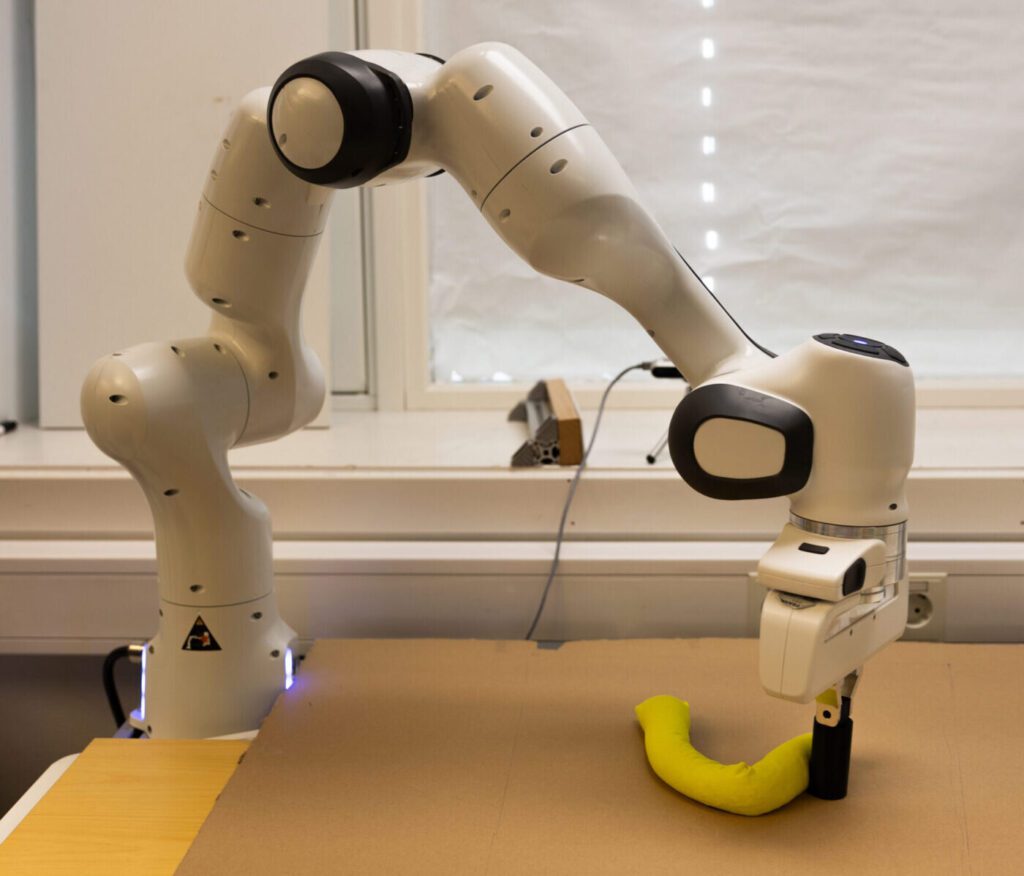Meet Bifrost: The Future of Robot Manipulation with AI
Say hello to Bifrost, the groundbreaking robot that’s making waves with its impressive ability to manipulate soft and pliable objects, thanks to advanced AI technology. While many might think of robots as mechanical giants capable of handling hefty tasks, Bifrost is proving that delicacy and finesse are also within reach.
Bridging the Gap: Robots and Compliant Objects
As Norwegian researcher Ekrem Misimi puts it, “Despite what the media may suggest, robots still face significant challenges in mastering the manipulation of compliant objects.” This realization spurred a project named BIFROST, inspired by the Norse mythological bridge, which aims to transcend the current limitations of robotic capabilities. The project started with an everyday task we often take for granted: preparing a cod fillet for dinner.
Misimi notes, “When you think about preparing food, you’re executing several delicate tasks simultaneously. Traditional robots struggled with this due to their training on rigid objects." This significant leap in manipulation technology means that we are closer than ever to allowing robots to take on tasks usually reserved for human hands.
AI Training Methodology: A New Approach
The innovative technology behind Bifrost’s capabilities comes from specialized AI-driven methodologies. In this case, training involves simulating real-world situations with simpler objects before applying those learned skills to more complex tasks. For instance, a researcher can command Bifrost to reshape an object made of rice, mimicking a soft fish fillet.
Imagine watching a robot cause an elongated cloth bag to change from an “I” shape to a “C” shape. While it might seem a simple feat, this action showcases Bifrost’s newfound ability to tackle a task it has never encountered before, demonstrating significant progress in robotic perception and learning.
Persistence Pays Off: Challenges in Robotic Learning
One of the hurdles in developing advanced robotics is maintaining concentration during long tasks. Misimi explains, “Humans can easily focus on a task for an extended time, while robots have a much harder time adhering to increased demands.” While Bifrost initially required between 20 and 60 seconds to manipulate an object, the team has made headway in improving its efficiency.
The goal is not just speed but also precision and reliability, fundamentally altering how robots can be integrated into labor-intensive operations like food preparation.
The Food Industry’s New Ally
The implications of this technology are vast, but Misimi identifies the food sector as the most immediate beneficiary. "The food and seafood industries have a treasure trove of compliant objects demanding manipulation," he points out. This advancement isn’t merely about efficiency; it could enhance the sustainability and quality of food production in Norway and beyond, allowing us to address pressing challenges in modern food supply chains.
Moreover, the Bifrost robot can now perform both pushing and gripping actions, making it even more adept at gently handling delicate items.
A Glimpse Into the Future
The research team recently shared their findings at the 2024 IEEE International Conference on Robotics and Automation and highlighted that AI-assisted robotic manipulation may open doors previously confined to our imagination. Bifrost, trained exclusively in simulations before entering the real world, exemplifies a novel approach in robotics that focuses on tasks parallel to human dexterity.
Wrapping It Up
It’s an exciting time in robotics, especially with advancements like those seen in Bifrost paving the way for innovative applications across various industries. Scientists are not just building robots; they are crafting more intelligent systems that can learn, adapt, and tackle sophisticated tasks that require human-like finesse.
As we look forward to further developments, there’s a strong sense of optimism about how these breakthroughs will enhance both industrial capabilities and societal needs.
The AI Buzz Hub team is excited to see where these breakthroughs take us. Want to stay in the loop on all things AI? Subscribe to our newsletter or share this article with your fellow enthusiasts.




